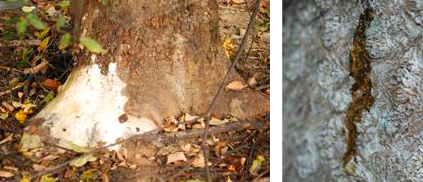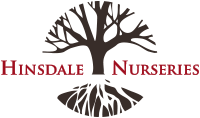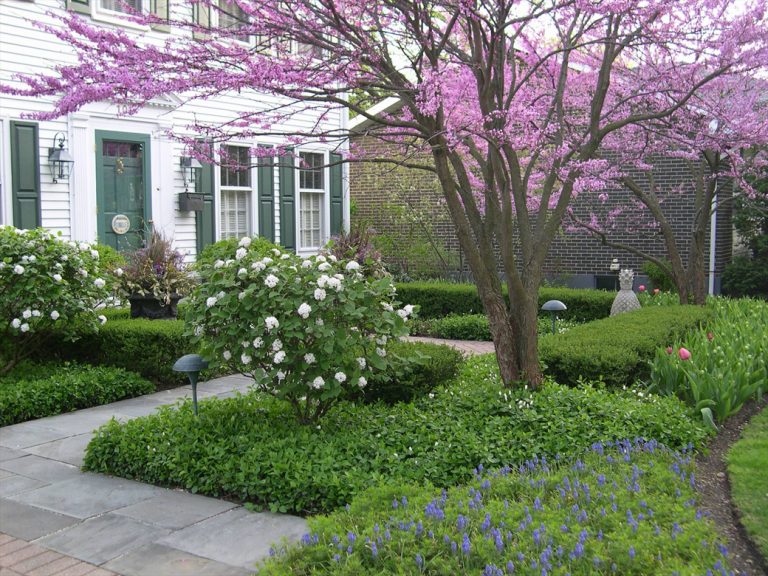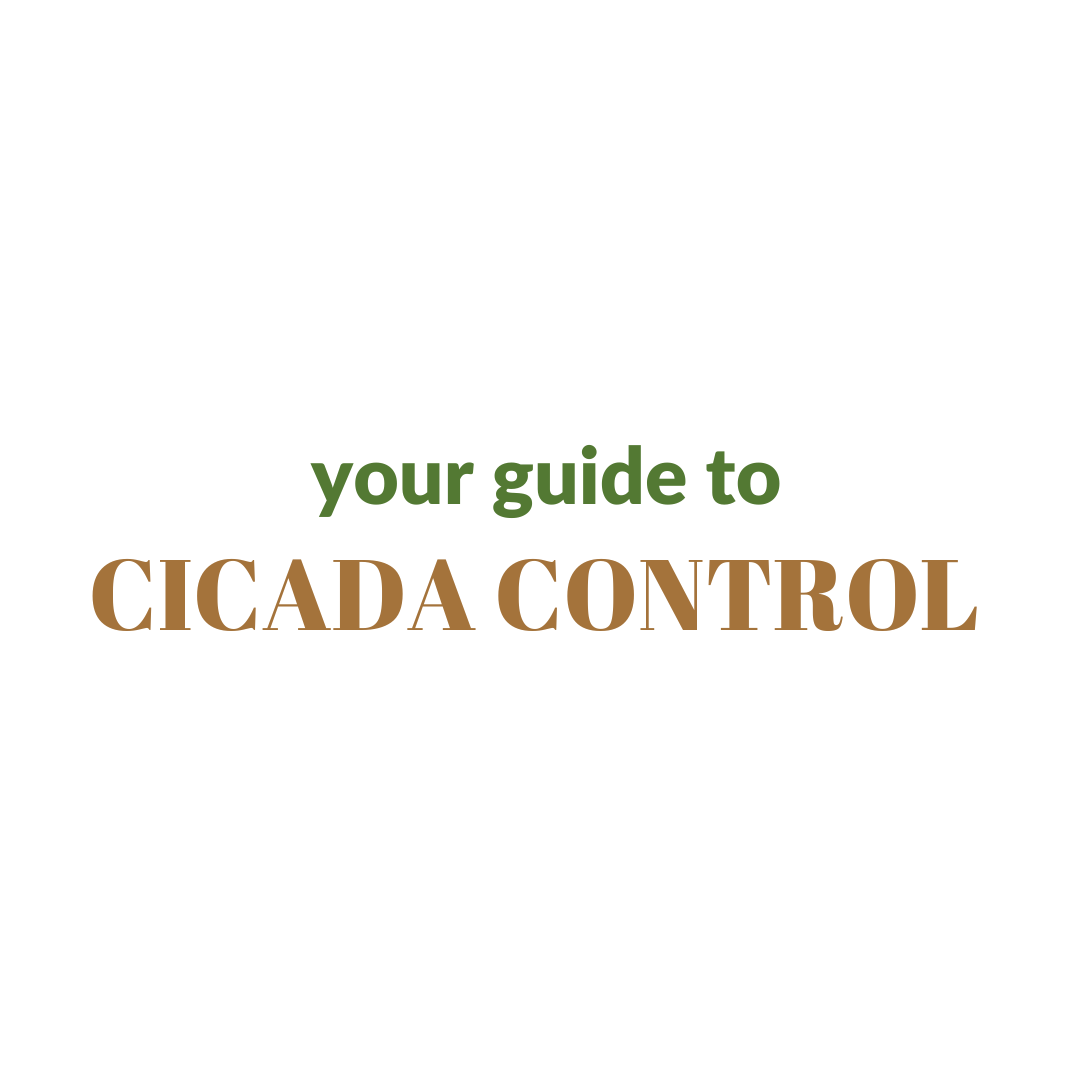
The recent arrival of the spotted lanternfly in Illinois has raised concerns among residents, but there’s no need to panic. The experts at Hinsdale Nurseries have valuable advice on how to respond to this newest insect pest in our state. While the spotted lanternfly may pose some potential problems for our environment, trees, and crops, a measured and informed response is crucial. Let’s explore what we can do to manage this situation responsibly.

Understanding the Spotted Lanternfly
The spotted lanternfly, a sap-sucking insect originally from Asia, has made its way to Illinois, although it’s not an immediate threat to established trees. According to the Illinois Department of Agriculture, it does not pose any health risks to humans or animals. Nevertheless, it’s essential to stay vigilant and take appropriate measures to prevent its further spread.
Potential Impact on Trees and Crops
The spotted lanternfly is known to feed on over 70 species of trees and plants, including favorites like oak, walnut, sycamore, and silver maple. While it hasn’t been linked to significant damage to mature trees, some studies suggest it may weaken young trees. Additionally, it poses a potential threat to fruit crops like apples, peaches, cherries, and the hops used in brewing beer. Wineries growing grapes could also be affected.
Their feeding activity leaves behind a telltale pattern of damage, characterized by grayish or dark, irregularly shaped streaks and weeping wounds on the plant’s surface. These streaks often resemble the appearance of oozing sap, which can attract other insects or promote mold growth. Additionally, the feeding action of Lanternflies weakens the host plants, leading to wilting, leaf curling, and, in severe cases, stunted growth or even plant death. Observing this unique damage pattern is crucial for early detection and control measures to mitigate the impact of these invasive pests on agricultural and ornamental plants.

Managing the Spotted Lanternfly
- The spotted lanternfly has a particular fondness for the tree of heaven, a common weed-like tree in many areas. By eliminating brush and other hiding places around this tree, you can reduce their habitat and limit their spread to other plants.
- While the spotted lanternfly has been confirmed in Illinois, its exact distribution is still not fully understood. Public reports of sightings are crucial for planning an effective response. Keep an eye out for these insects, not just on public property but also in your own landscape.
- If you spot a spotted lanternfly, take a clear picture and email it to lanternfly@illinois.edu. Reporting sightings helps researchers and government agencies assess the extent of the infestation. For sightings outside of Illinois, contact your state’s Department of Agriculture.
- Once you’ve reported a sighting, if possible, safely eliminate the insect. If it’s on the ground, a simple stomp will do the trick. Swift action can help prevent their further spread.
- Certain insecticides may be effective, but they must be applied at the right time in the insect’s life cycle. Misuse of insecticides can be ineffective and potentially harmful to beneficial insects. Seek educational resources for help before applying.
- Inform your community about the spotted lanternfly and encourage them to remain vigilant. Collective awareness is essential in preventing the insect’s spread.
- If you have a tree of heaven on your property, consider having it removed.
The arrival of the spotted lanternfly in Illinois is a cause for concern, but it’s not a reason to panic. By following our advice we can collectively address this new insect pest responsibly. Together, we can safeguard our trees, crops, and environment while minimizing the impact of this invasive species on our beautiful state of Illinois.
Connect with Us!
630-323-1411
7200 S. Madison St.
Willowbrook, IL
Blog: https://hinsdalenurseries.com/blog
Facebook: https://www.facebook.com/HinsdaleNursery
Pinterest: https://www.pinterest.com/hinsdalenursery/
Twitter: www.twitter.com/HinsdaleNursery
Instagram: www.instagram.com/Hinsdale_Nurseries/
YouTube: https://www.youtube.com/channel/UC5GUOu9abCvL9ZDNJBSunrA
Website: https://hinsdalenurseries.com/






